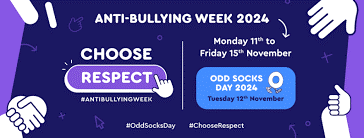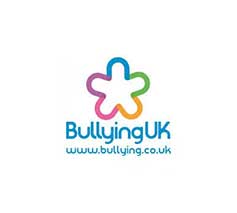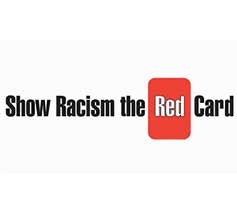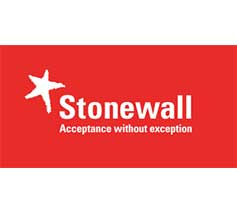Anti-bullying at BCHS
In order for our students to achieve their best and thrive in line with our ethos Aspiration, knowledge and Kindness it is of central importance that we strive to provide an environment for all that is safe both physically and emotionally and is free from bullying….here at BCHS we have a zero tolerance approach to bullying.

Mrs Jo Butler
Deputy Pastoral Manager
Antibullying Lead
What is bullying?
Bullying is behaviour by an individual or group, repeated over time, that intentionally hurts another individual or group either physically or emotionally.
Bullying can take many forms such as name calling, taunting, mocking, making offensive comments, kicking, hitting, pushing, taking belongings, sending offensive or degrading images by phone or via the internet, producing offensive graffiti, gossiping, excluding people from groups and spreading hurtful and untruthful rumours.
Birchwood Community High school definition of bullying as:
Bullying is the repeated act of deliberately wanting to hurt another student which is repeated over time. This can be either verbally, physically, using on- line platforms or in an indirect way. Bullying can be detrimental to another student in a variety of ways and will not be tolerated in school.
Incidents could fall in the following categories and are repeated acts of behaviour –
- Any kind of behaviour that the victim is frightened to report.
- Physical contact, which is aggressive and hurtful and is given without provocation.
- Persistent name-calling.
- Physical assault and/or damaging someone else’s property.
- Persistent teasing.
- Persistent intimidation e.g. pushing and nudging.
- Persistent activity on social media with an intent to cause harm.
Different forms of bullying
Special educational needs (SEN) and disabilities
Children and young people with SEN and disabilities are more at risk of bullying than their peers. Public bodies have new responsibilities to actively promote equality of opportunity for all disabled people and eliminate disability-related harassment. Children and young people with special educational needs and disabilities, whether in mainstream or special schools, do not always have the levels of social confidence and competence and the robust friendship bonds that can protect against bullying.
Appearance and/or health conditions
Those with health or visible medical conditions, such as eczema, may be more likely than their peers to become targets for bullying behaviour. Perceived physical limitations, such as size and weight and other body image issues can result in bullying.
Homophobic
Evidence of homophobic bullying suggests that children and young people who are gay, lesbian, bisexual or transgendered (trans) person (or perceived to be) face a higher risk of victimisation than their peers. Homophobic bullying is perhaps the form of bullying least likely to be self-reported, since disclosure carries risks not associated with other forms of bullying. People do not have to be lesbian, gay, bisexual or trans to suffer homophobic bullying. This bullying not only impacts on the individual person, but on their families and others perceived to be from that same group. It may be based on gender stereotyping.
Young carers / looked-after children
Children may be made vulnerable to bullying by the fact that they provide care to someone in their family with an illness, disability, mental health or substance misuse problem. Young carers may be taking on practical and emotional caring responsibilities that would normally be expected of an adult. Research has highlighted the difficulties young carers face, including risks of ill-health, stress and tiredness, especially when they care through the night. Many feel bullied or isolated. Children in care may also be vulnerable to bullying for a variety of reasons, such as they’re not living with their birth parents or because they have fallen behind in their studies. Some students are heavily influenced by their communities or homes where bullying and abuse may be common. Some bullying at school may arise from trauma or instability at home related to issues of domestic violence or bereavement or from the experience of being part of a refugee family. Siblings of vulnerable children may themselves be the subject of bullying by association.
Sexist or Sexual bullying
Sexist and sexual bullying affects both genders. Boys may be victims as well as girls, and both sexes may be victims of their own sex. Sexual bullying may be characterized by name calling, comments and overt “looks” about appearance, attractiveness and emerging puberty. In addition, uninvited touching, innuendos and propositions, pornographic imagery or graffiti may be used.
Bullying Related to Race, Religion or Culture
Some surveys across the UK have found that a high proportion of bullied students have experienced racist or faith-based bullying. Recent political and social issues also appear to have been a factor in bullying and harassment. There is research to support the suggestion that where black and minority ethnic (BME) children experience bullying, it is more likely to be severe bullying.
Cyberbullying
Cyberbullying is a “method” of bullying, rather than a “type” of bullying. It includes bullying via text message; via instant messenger services and social network sites; via email; and via images or videos posted on the internet or spread via mobile phone. It can take the form of any of the previously discussed types of bullying – i.e. technology can be used to bully for reasons of race, religion, sexuality, disability etc. Unlike other forms of bullying, cyberbullying can affect a child for 24 hours a day and invade their personal space and even enter the ‘safe’ home environment.
At Birchwood Community High School, parents and students work together to create a happy, caring, learning environment. Bullying be it verbal, physical or indirect is unacceptable and will not be tolerated. It is everyone’s responsibility to aim to prevent occurrences of bullying behaviour and to deal with any incidents quickly and effectively.
Bullying behaviour can be brought to the attention of staff either by the pupils who are affected, their friend(s), their parent(s) or other interested parties.
Birchwood High school will……..
- At Birchwood High School, we are dedicated to creating a safe and caring environment for all students. We offer safe spaces like break and lunch buddies and provide regular check-ins for students who have experienced bullying.
- We foster a strong sense of belonging through our House system, where staff House Captains encourage participation in house competitions and enrichment activities. Older students also mentor younger ones, contributing to a nurturing, ‘family feel’ environment.
- We take bullying seriously and have a zero-tolerance policy. All incidents are addressed promptly in line with our school policy, using restorative approaches when appropriate. Students are encouraged to speak up if they have any concerns, and staff are trained to act swiftly on all reports of bullying.
- Our commitment to high-level pastoral care ensures that all students feel part of the Birchwood family, with staff consistently reinforcing this message during form sessions and throughout the school.
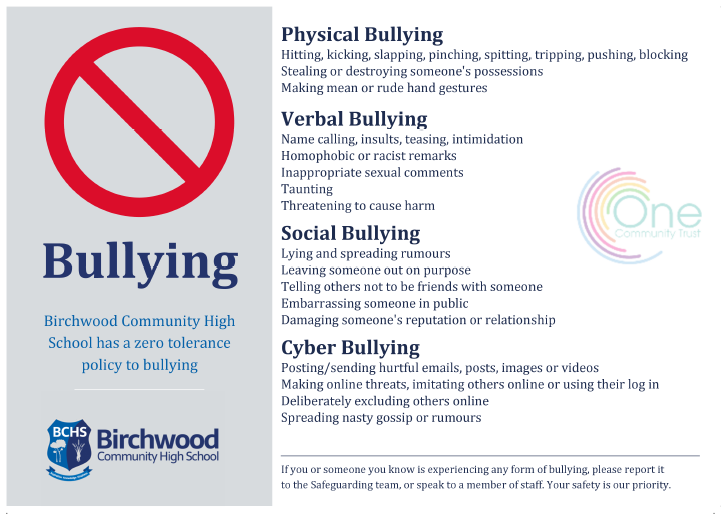
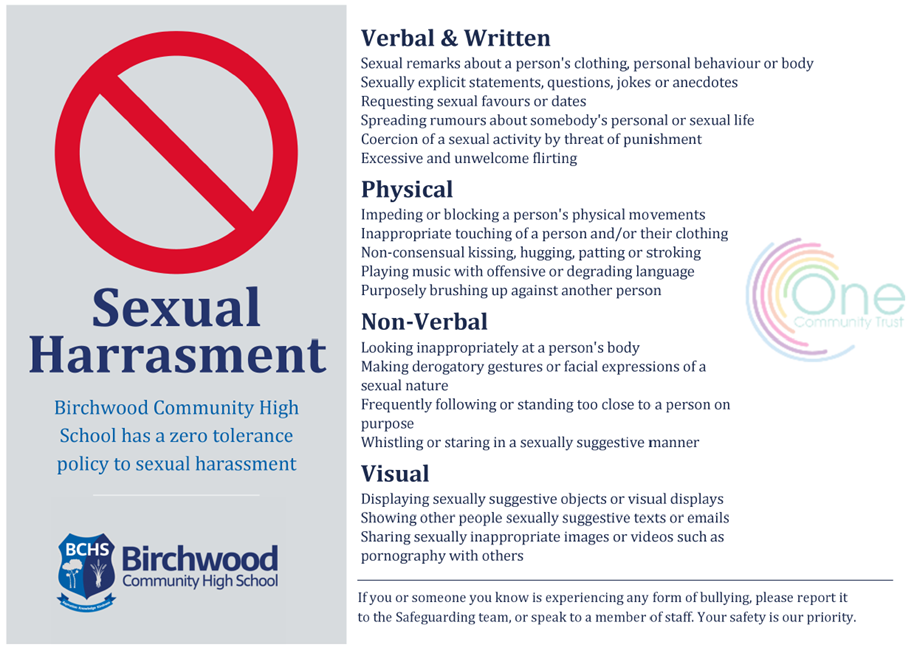
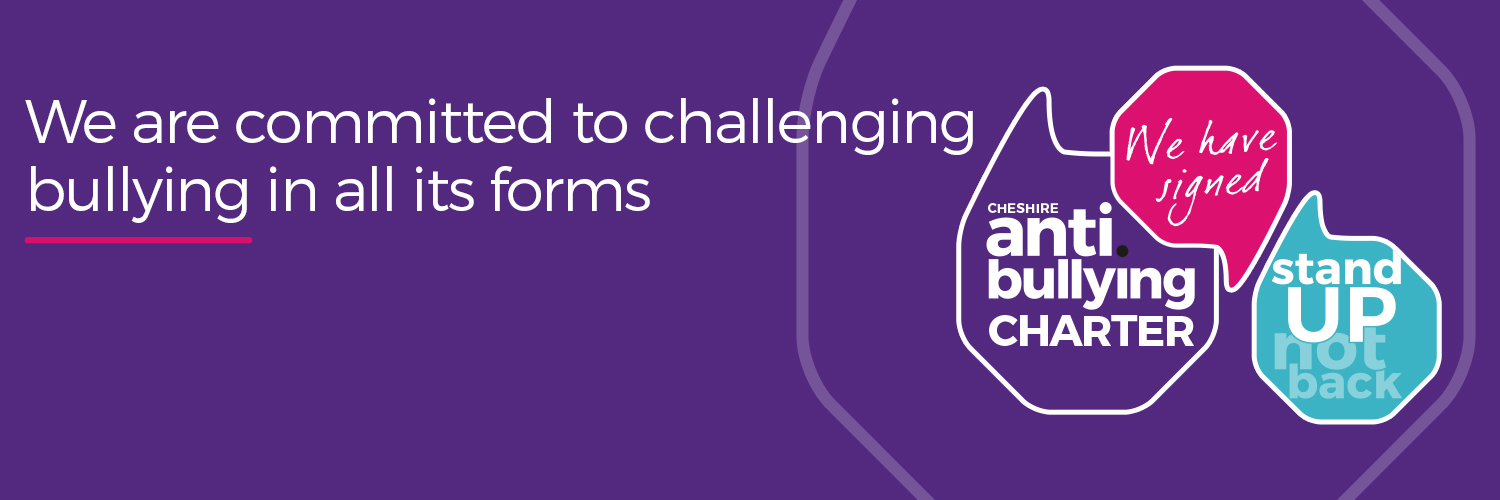
Preventative measures used at BCHS
The ethos of the school will discourage any form of bullying behaviour and encourage good relations through the following measures:
- The use of CCTV cameras.
- Student mentoring – through the Pastoral Team.
- Assemblies – external agencies and Year Teams.
- Display material in all areas of school site.
- Vigilance of all e.g. duties, on time to lessons, general staff presence.
- 1: 1 support as appropriate.
- Parental guidance/videos on appropriate use of ICT/internet guidance termly on school website.
Action to be Taken if Bullying has Occurred
- The student who is bullied must be offered help within the pastoral structure of the school. Each case must be dealt with discreetly and sensitively. Interviews with parties must take place.
- The bullied student, bully or bullies should all record the events in writing.
- The parents of all the students involved should be contacted. Discussion of action strategies must take place hopefully with parental co-operation.
- Each case will be dealt with on an individual basis. Depending on the severity of the case various forms of action may be taken. The victim will need support and strategies need to be used to rebuild the student’s self-esteem.
- The student who has been identified as the bully will be asked to participate in an anti- bullying intervention programme delivered by our Behaviour Mentor.
- The victim/s will be monitored closely and receive weekly “check ins” – follow up is of paramount importance.
- Governors must be kept fully informed of cases of bullying and in the more severe cases Governors may need to be involved with any disciplinary action taken e.g. exclusion.
Student Guidelines
What to do if you think you are being bullied:
- Tell a teacher or any other adult in school you trust;
- Tell a parent/carer;
- Report again if the bullying does not stop in school or if it continues outside school;
- If you feel threatened walk away;
- Ensure social networking sites are only accessible to invited friends; Block individuals who upset you;
Parent / Carer Guidelines
What to do if you think your child is being bullied:
- Watch for signs – not wanting to go to school, minor illnesses, headaches, other pointers, avoiding friends, coming home with bruises or torn clothing, possessions disappearing, becoming upset after using the internet or mobile phone;
- Listen to what your child says; try to establish that the problem really is bullying and not something else;
- Learn how your child uses information and communication technology and familiarize yourself with safe practice;
- Help your child to deal with the problem by him or herself. Be tactful; Do not encourage retaliation. This rarely helps and may only make things worse for your child;
- Inform your child’s Head of Year or Assistant Head of Year.
Useful websites to help
- childline.org.uk – contains tips and resources for victims
- anti-bullying alliance – a coalition of organisations united against bullying.
- KidsAgainstBullying – learn about bullying prevention and how to take action
- www.thinkuknow.co.uk – help and support re on- line safety
- Childline 0800 1111
- National Bullying Helpline
Limits of the Policy
Where bullying occurs in school and on school trips, this policy will be applied. If bullying takes place out of school but there is a school connection, the school will, if it is in our power, take action. If the bullying takes place out of school and there is no school connection, this policy cannot be invoked but the school may offer support where appropriate ie, Local Community Support Officers, School Liaison Officer.



